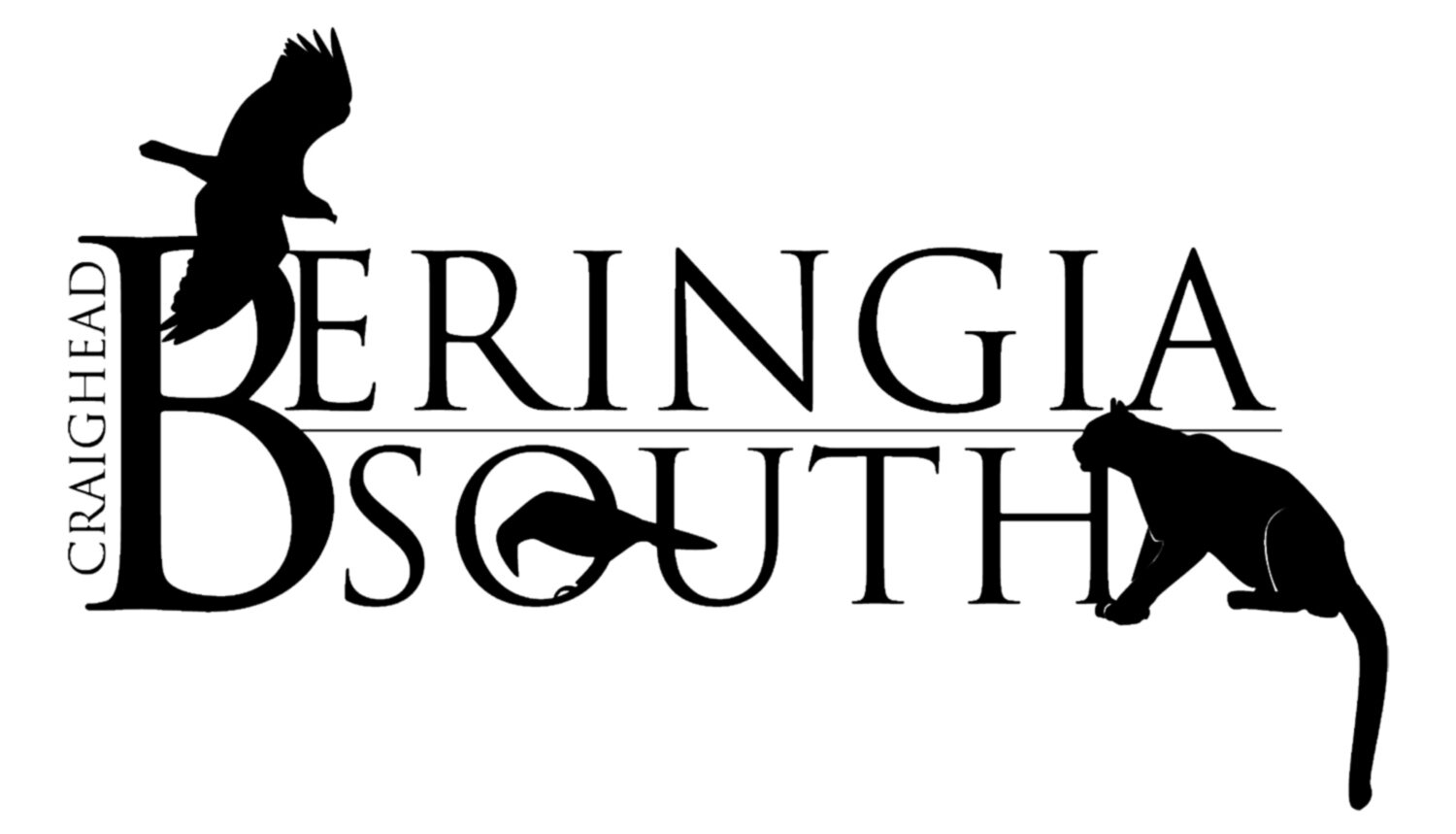Chokecherry
With the inauspicious name “chokecherry” the casual berry picker may avoid this plant. It does in fact produce an abundance of edible drupes (cherries). Like the serviceberry, it is a common and conspicuous shrub in our valley but the chokecherry is a larger bush. It may start producing drupes (berries or cherries) when the plant is only a few feet high and looking like low vegetative cover, but it will grow and mature into a tree as high as 25 feet with long racemes of drupes weighing the limbs down. When ripe, the cherries can be easily stripped from the branches, filling your basket with a savory and succulent viand. The fruit remains on the shrub for a long time while ripening and it is tempting to pick them before they are truly ripe, but patience pays off with the chokecherry.
By late summer, usually after the first frost, the drupes have transformed from a sour and astringent fruit that puckers the mouth and throat to a delightful treat. The fructification of fruit yields a bonanza of food for wildlife, as it must have for indigenous inhabitants of the upper Snake River region. The fruit is sweet and plentiful just when birds are preparing to migrate and local birds, bears, and squirrels are fattening up for winter. When aspen leaves begin to turn bright yellow I have observed flocks of Cedar Waxwings feeding at first daylight and continue till well after sunset. The flocks move from one shrub to another and then on to a neighboring patch. It appears to me they glean the very ripe drupes as they garner the days harvest, then return on fallowing days until the bush is stripped of all fruit.
Drupes of the chokecherry snuggling up with the blossom of the Common Tansy, both persist into late autumn.
Long racemes of ripening drupes.
Chokecherry, Prunus virginiana, Rosaceae or Rose Family. Shrub 3-24 ft. Aliases; Bitter-berry, Canadian Red Chokecherry is a cultivar w/ purple leaf.
Nomenclature – [Prunus prefix = "purple", var. melanocarpa = black.
Fruit – The drupe/cherry is red to dark purple but will be green while ripening. There is no tuft or crown on top of the fruit. At each drupes center is a hard stone or pit which contain a toxic substance. Berries can be found on bushes from mid-summer into winter, but fully ripen in late August, early September.
Leaves – Deciduous, alternate, oval, or elliptical, 1 ½ to 4 inches long, finely toothed, abruptly pointed at tips. 1-2 reddish/purple glands at leaf blade base. Like the pit or stone of the drupe the leaves are toxic. Canada Red is an ornamental cultivar of chokecherry sporting purple leaves.
Flower – Small white to pink flowers develop along a small stem or peduncle. This tubular shaped cluster is called a raceme. The flower’s sepals and petals (perianth) occur in fives, but the stamens are numerous. The ovary is inferior with a floral cup below the flower. In Grand Teton National Park, chokecherry is in full bloom in May and June.
Stem & bark – The bark is purple/gray with horizontal grey to white colored pores.
Palatability – The fruit is edible and nourishing, but the seeds and leaves contain glucoside amygdalin which converts to hydrocyanic acid (cyanogenetic poison) and can be toxic to humans. Many bird species eat the fruit and wildlife (bear, deer, elk, moose, and caterpillars) utilize the leaves and twigs with apparently no ill effects but livestock particularly sheep, horses, cattle etc. can be poisoned by eating spring leaves.
Use – A staple of indigenous natives, who made pemmican, dried cakes, pies, puddings, stews, and a purple dye from the berry. Because the wood is hard, tough, and elastic and branches straight, it was used for arrows, spears, & utensils. Chokecherry is one of only half dozen berry-plants, which produced enough fruits that it can be reliably harvested in quantities and preserved for winter use.
Cedar Waxwing feeding on the ripe drupes of the chokecherry.
The dark purple leaves of the “Canada Red” Chokecherry variety are in contrast to the green leaves of the native plant.
As the drupes ripen, they can turn almost translucent.
It may appear that the bear has not processed the nights harvest but what is left is pits and tough skin. The nutritious fruit flesh is converted into fat in preparation for a winter’s hibernation. The smaller white seeds are from Oregon Grape which are found in similar habitats.
The entire edge or margin of the Chokecherry leaf is finely toothed. The underside is lighter in color than the top surface and displays prominent venation.
The chokecherry and serviceberry can be easily confused. The top two leaves (and drupes) are chokecherry with it’s characteristic finely toothed leaf margins. The purple leave is a cultivar “Canada Red” of the wild P. virginiana. The lower pome and leaf are serviceberry, the leaves upper half is coarsely toothed, and the pome has a distinct crown. To the right, are the pits or stones of chokecherry and the seeds of the serviceberry pome.
A chokecherry leaf surrounded by serviceberry leaves. The two bushes often grow side-by-side.
The bark is grey and purplish with prominent lateral pores.
The drupe of the chokecherry has no tuft or crown on top of the fruit.
A bounty of fall food for; Red Squirrel, Cedar Waxwing, Lesser Goldfinch, American Robin, and Western Tanager.
Bringing a pot of chokecherries to a simmer, then straining them through a sieve.
What’s left over looks familiar.



























